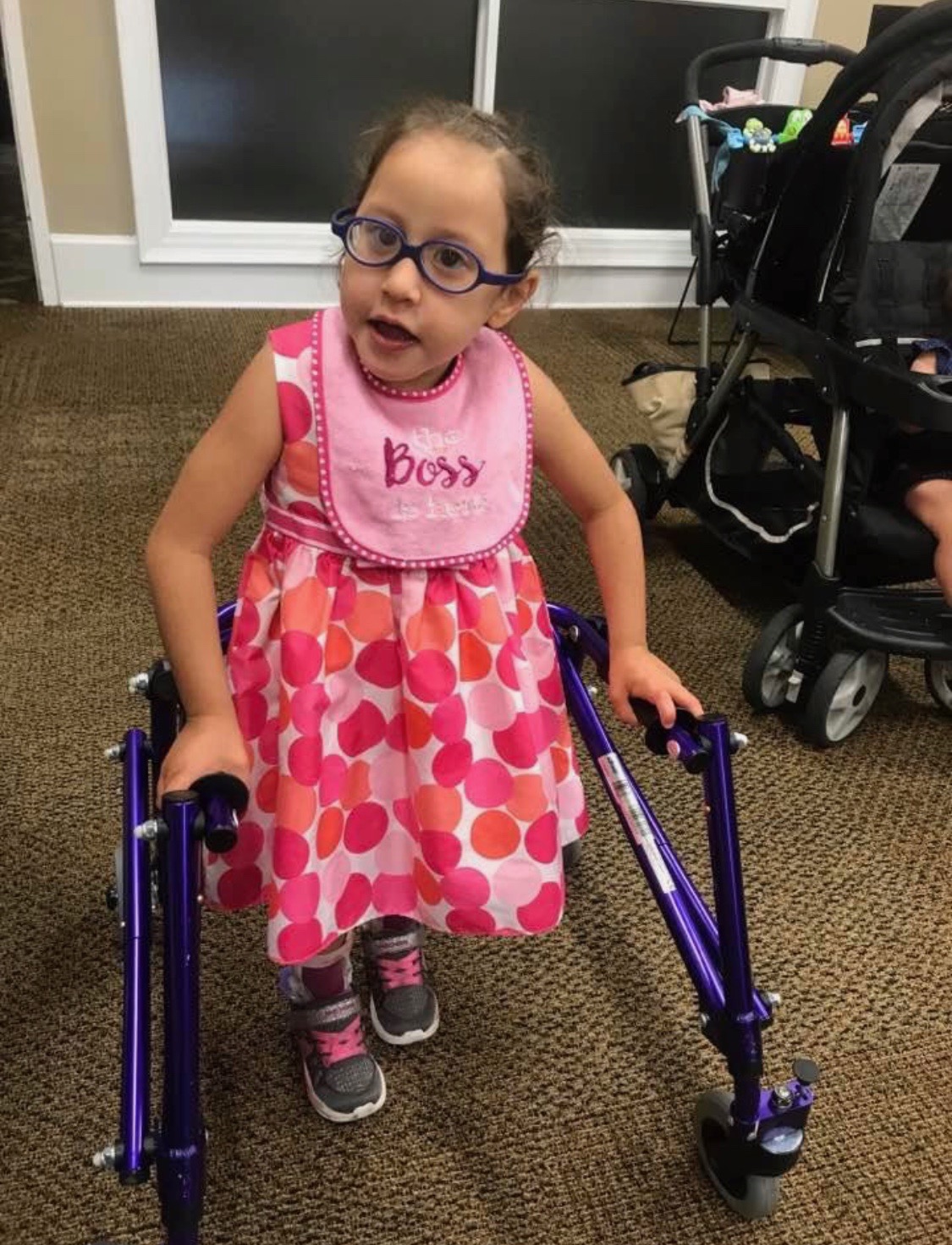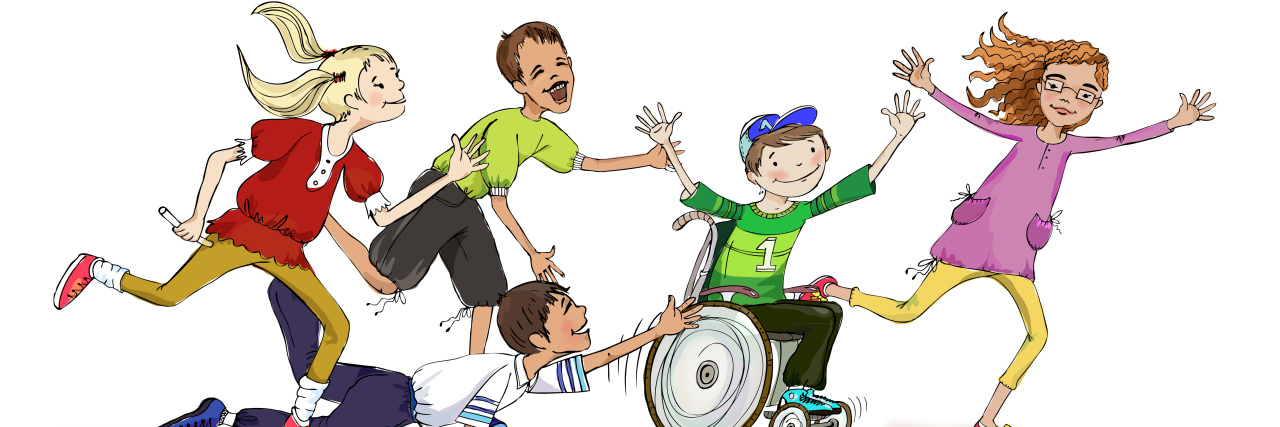In a perfect world, my daughter would never be stared at, whispered about, made fun of or mistreated by people who don’t understand her. Instead she would be praised for her individuality, unique abilities, beautiful personality, and her capacity to overcome any obstacle put in her way. Although she faces many physical and cognitive challenges, she is still a 6-year-old child — and it is my hope that she will grow up in a world that is more understanding and accepting.
In order to make sure that our future generations grow up in this idealistic world, it is vital that parents spend more time talking to their children about disabilities. By normalizing disabilities and exposing our children to people with disabilities, we are encouraging the creation of these relationships.
Finding the right words and timing to talk to your child about disabilities is challenging. Below are tips to help break the ice and begin the discussion.

1. Start the conversation.
If you haven’t talked to your child about disabilities, now is the time to do it — even if you feel uncomfortable or unsure of how to approach the topic. If you don’t talk to your child about disabilities then they are left to get their information from other children and adults who may not take the best approach. They will also begin to model the behavior of others on how they should treat people with disabilities, and in today’s society with bullying on the rise, you do not want your child modeling the behavior of disrespectful, ignorant people.
2. Let them know that being disabled isn’t bad.
Start at a young age teaching your child about the differences people have. Tell them differences are normal, but we all have many similarities — have them focus on these instead. Tell them that some children are born with their disability, or have a hereditary condition and that some children become disabled due to a trauma at birth, or later in life from an accident. Be sure they understand that you cannot “catch” a disability from someone else. Encourage your child to come together with disabled children and bond over common interests. Talk about disabilities in a positive way. Help your child learn to see past a person’s differences and get to know them for who they are on the inside.
3. Be open to discussion.
Encourage your child to engage and ask questions when they are around children with disabilities. It is much kinder for a person to be direct and open by asking questions and not ignoring them or staring. Try to answer your child’s questions the best you can. It’s OK if you don’t have all the answers. Be sure to let them know that. Encourage your child to talk to the child with a disability. If a child cannot speak for themselves, have your child talk to the parent. Most parents of children with disabilities will be more than happy to answer any questions you have and help bring awareness to the disability. It’s all about how you approach the conversation.
4. Lead by example.
The way you react to a person with a disability sends a strong message to your child. If they see that you are not afraid to approach a person with a disability, they too will follow in your footsteps. It’s human nature for children to want to ask questions and point out things they are not accustomed to seeing. Keep your composure and try to handle the situation in a nurturing way that will not upset either your child or the child with a disability.
5. Encourage friendships.
Children with disabilities are still children first. They want friends, respect, and inclusion. Encourage your child to develop a relationship with a child who is disabled. If a child doesn’t talk, there are still activities the children can do together, such as play board games or arts and crafts. The more they are around children with disabilities the more they will learn to see them as a “normal” peer, rather than someone “different.” Your child will begin to look past a person’s disabilities and see them more for who they are on the inside.
6. Put an end to bullying.
Teach your child to stick up for kids they see being picked on, especially those with disabilities who cannot defend themselves. I don’t advise telling your child to start a fight with the child who is bullying, but rather tell them to stop being mean or tell a teacher/adult. Don’t teach your child to become a passive observer. Teach them to be an assertive, caring leader. Teach them that the way they treat people and respond to situations matters.
7. Use proper etiquette.
Teach your child how to use respectful language when talking to someone with a disability. Instill this in them at a young age. Encourage them to give compliments and not criticism. Reinforce with your child that name calling — even if meant as a joke — is always unacceptable because it is hurtful. Promote the use of positive language and put a stop to the use of words such as “stupid,” “dumb,” and “retarded.”
8. Discuss the different types of disabilities.
Be sure your child understands not all disabilities are alike. Break down the differences between visible and invisible disabilities, as well as chronic illnesses and diseases. Help them understand that someone who has a physical disability may not necessarily have an intellectual disability, and vice versa. Also, be sure to let your child know that children with disabilities can do many of the same things they do, just in a different way. It might take them longer to do a task. They may need assistance or adaptive equipment to help them.
9. Learn more about disabilities together.
Take time with your child to read and learn more about disabilities to have a better understanding of a person’s experience. There are many great resources online and at your local library on this topic including books, articles, websites and videos. Read picture books with young children and discuss them afterward. Chapter books with characters who have disabilities are better for older readers. Ask your child about the book when they finish. Television shows, movies and documentaries are another great tool for parents to use.
Getty image by IR Stone.

